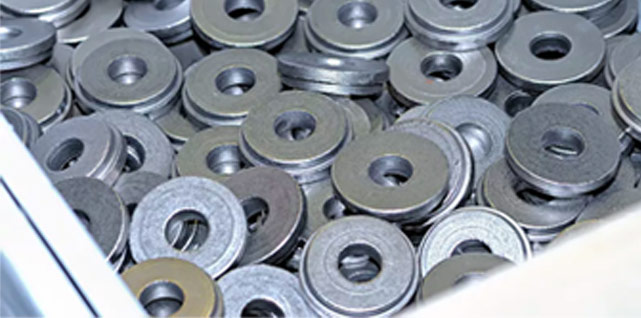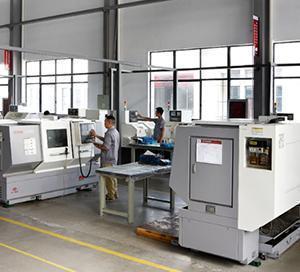Flexible lightweight Magnetic Material based on cellulose fibers and magnetic nanoparticles has been developed by European scientists. The material can be made into a soft, porous foam or stiffer, paper-like sheets, and could find applications from microwave shielding to fighting banknote fraud.
The international team was led by Lars Berglund at the Royal Institute of Technology (KTH) in Stockholm, Sweden; Olli Ikkala from Helsinki University of Technology in Finland; and Josep Nogu¨¦s from the Catalan Institute of Nanotechnology near Barcelona, Spain. Nogu¨¦s explains that the biggest advantage of the material is that it stays flexible even when it is dried. 'People have made flexible Ferro gets - wet polymer gels with magnetic particles inside,' he says, 'but when you dry them they become very brittle.'
Magnetic Material, Magnetic Separator, Magnetic Bar, Magnetic Material
This flexibility comes from the cellulose fibril scaffolding, which is made by bacteria and forms a gel. 'The cellulose fiber gel is freeze-dried, then dipped into a solution of iron and cobalt ions,' says Nogu¨¦s. Warming the whole lot up precipitates the metals which can be converted to magnetic nanoparticles and then freeze-dried again. 'Freeze drying means that it doesn't collapse when you take it out into the air,' adds Nogu¨¦s.
Wendelin Stark from the Swiss Federal Institute of Technology (ETH) in Zurich, points out that many magnetically contractible materials often lack the ability to unfold once the magnetic force is removed. 'In this case, the fibrils take up a lot of the strain and then give it back when the force is released,' he says, 'it's like incorporating a spring as a material element.'
 English
English 日本語
日本語 한국어
한국어 français
français Deutsch
Deutsch Español
Español italiano
italiano русский
русский português
português العربية
العربية





